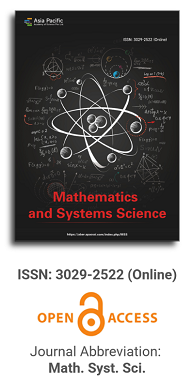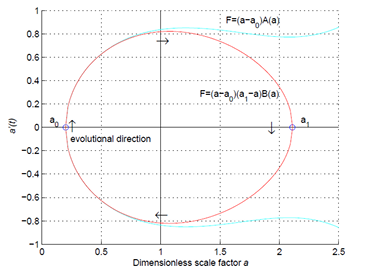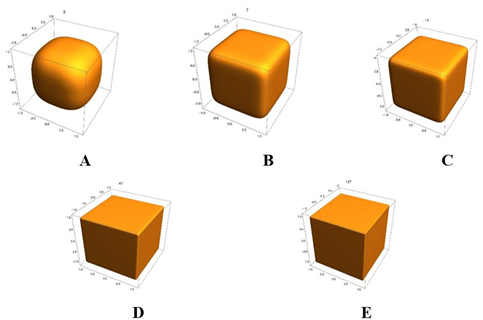


Issue release: 30 September 2025
The present paper treats mainly two questions, namely the mathematical characterization of the notion of biodiversity of a border interface between two adjacent ecosystems, and the role of human interference in the physical reality of interacting multi-species systems. Mathematically, the techniques of reaction-diffusion modeling, Turing’s notion of flow matrices and Verhulst logistic growth dynamics are introduced, in order to model the complex interactions in a fractal, non-stationary ecosystem. A new key approach is the combined use of flow matrices and Verhulst growth dynamics with Laplace transforms. However, these findings so far remain theoretical, not in the least because of the widespread interference of human activities with ecological developments, both planned and unplanned. When comparing mathematical models and the actual physical dynamics of ecosystems, parallel trends as well as species-specific, unique deviations are conspicuous. Especially the latter remain hard to predict, indicating the limited value of mathematical predictions for the actual biodiversity trends in the field. Moreover, in a specific case study from the Netherlands related to the ecology of game mammals and a top-predator (the Wolf), it appears that not only contemporary ecological management operations, but also the contingency of measures from a historical past (exceeding 200 years) play a significant role in understanding the human interference factor in nature (designated as the Anthropocene factor).
Issue release: 30 September 2025
This study presents a deterministic mathematical model to investigate the transmission dynamics of HIV/AIDS, with a particular focus on mass rape as a significant driver of new infections and the mitigating effects of post-exposure prophylaxis (PEP) and antiretroviral (ARV) treatments. The model explicitly incorporates intensity of rape into the transmission framework and assesses the impact of PEP in reducing new HIV infections. Analytical results include the existence and uniqueness of positive solutions, equilibrium points, the basic reproduction number ( ), and global stability conditions for both disease-free and endemic equilibria. Numerical simulations are performed to support and illustrate the analytical findings. The results reveal a linear relationship between the incidences of rape and while showing an inverse relationship between PEP coverage and , indicating that timely and widespread PEP administration can significantly reduce HIV transmission, especially in regions affected by sexual violence. Furthermore, the study demonstrates that combined intervention strategies involving both PEP and ARV treatments produce synergistic effects, substantially suppressing HIV transmission. These findings emphasize the importance of integrated treatment strategies over isolated interventions. Despite the substantial impact of these interventions, the model suggests that the disease remains endemic under certain conditions. By explicitly integrating conflict-related factors, particularly mass rape and treatment disruption, this model provides a novel, evidence-based framework for informing policy in humanitarian emergencies. It enables global health actors to prioritize interventions and allocate limited resources more effectively.
Editor-in-Chief

Prof. Youssri Hassan Youssri
Cairo University, Egypt
Asia Pacific Academy of Science Pte. Ltd. (APACSCI) specializes in international journal publishing. APACSCI adopts the open access publishing model and provides an important communication bridge for academic groups whose interest fields include engineering, technology, medicine, computer, mathematics, agriculture and forestry, and environment.


 Open Access
Open Access
.jpg)

.jpg)
